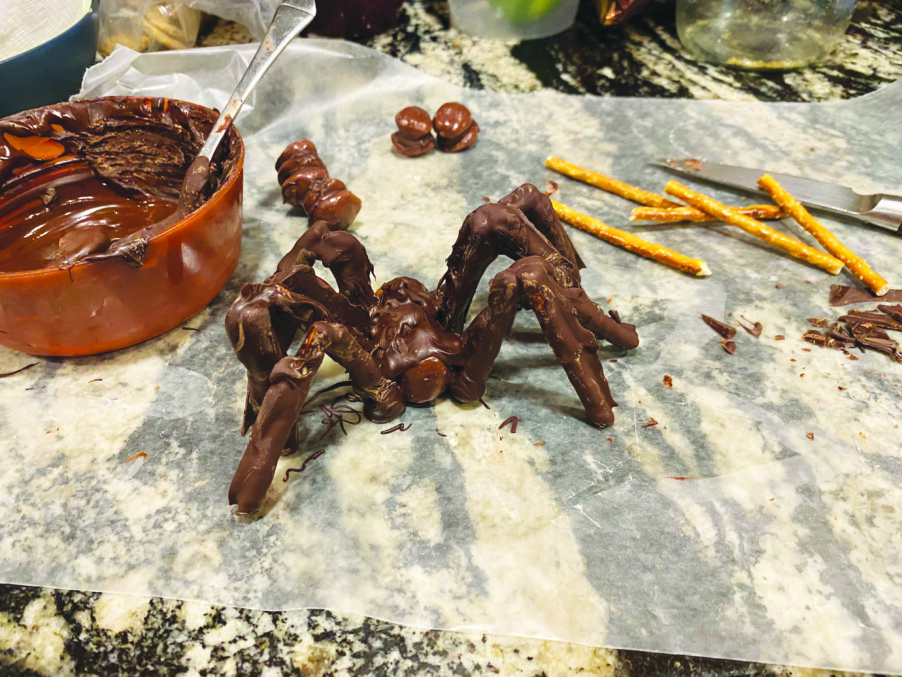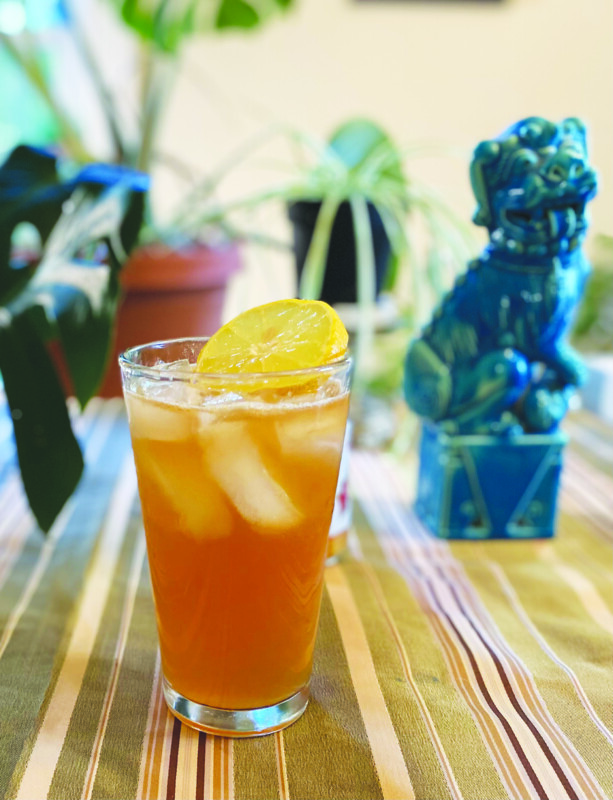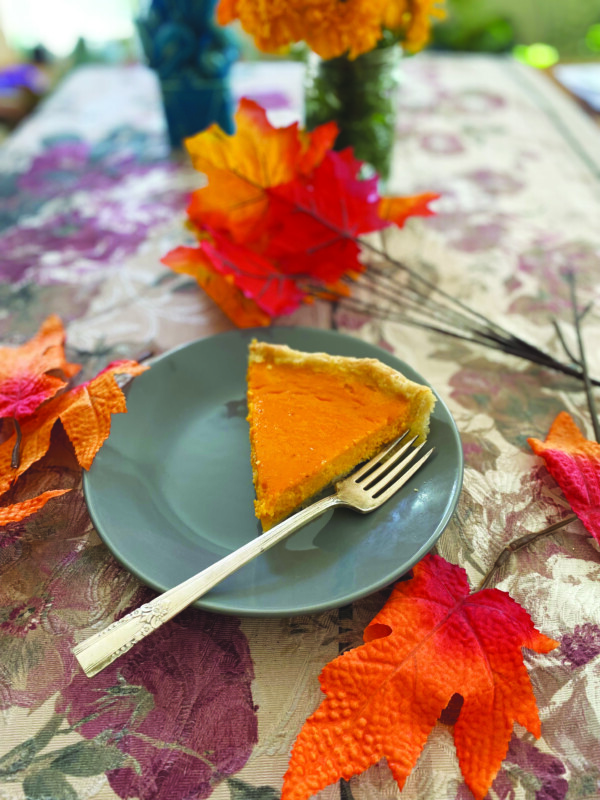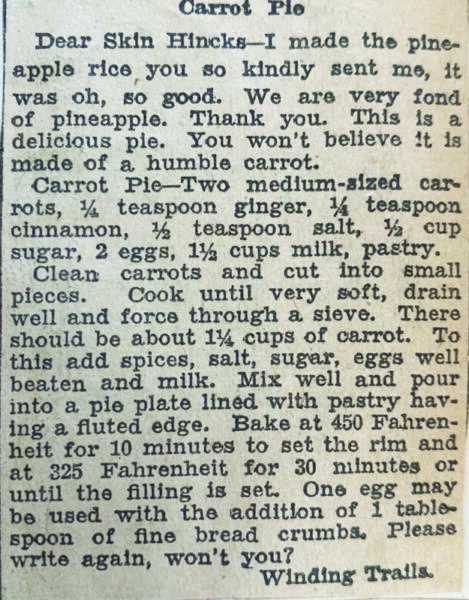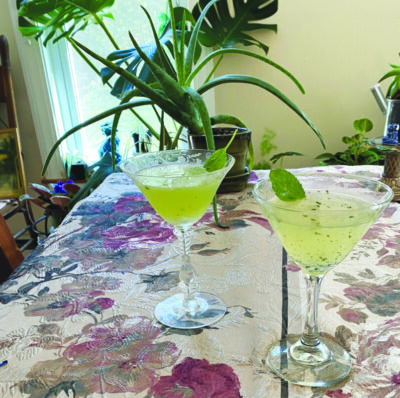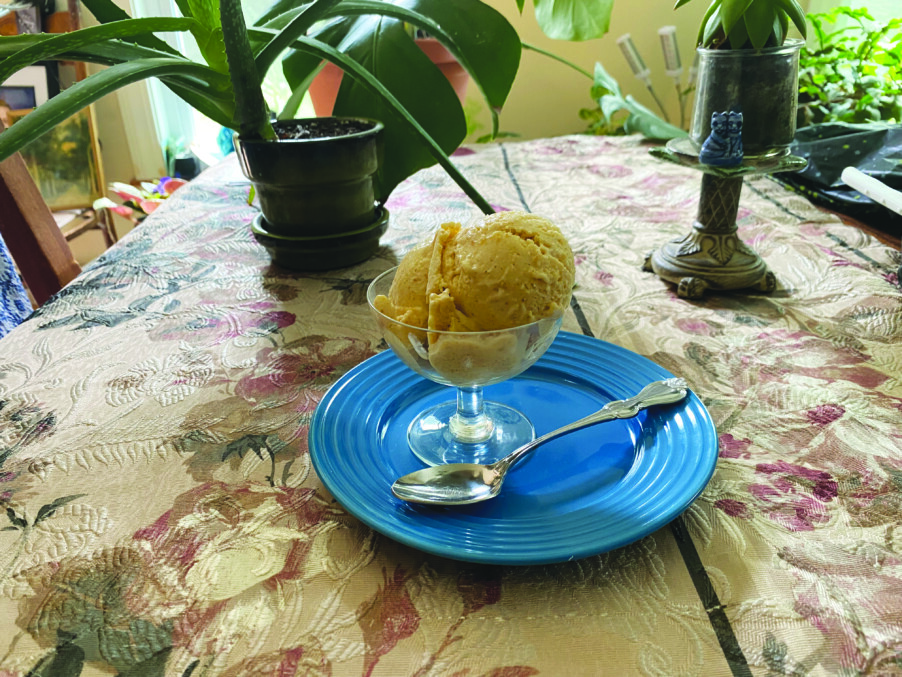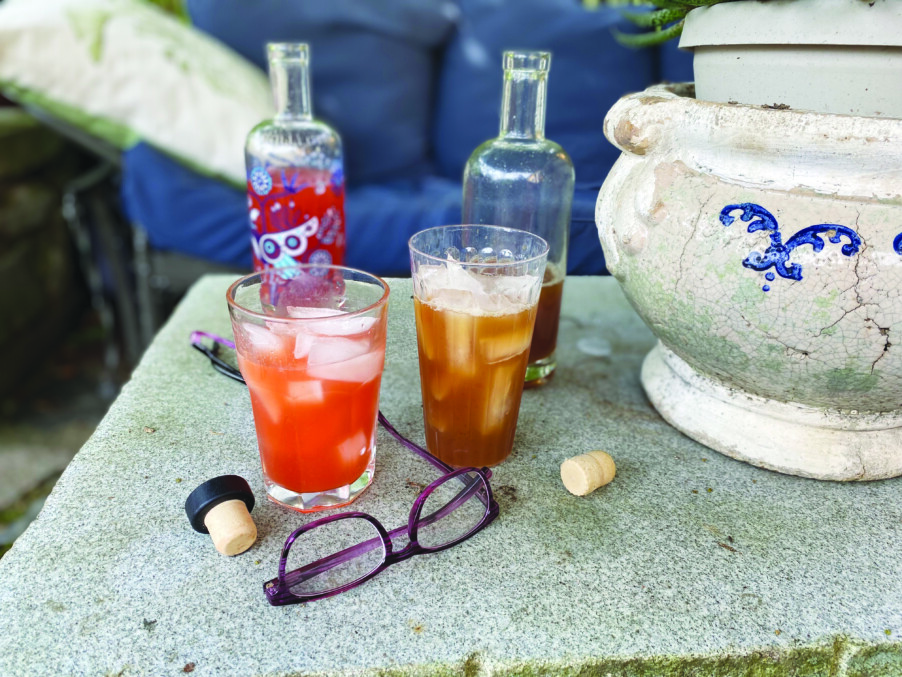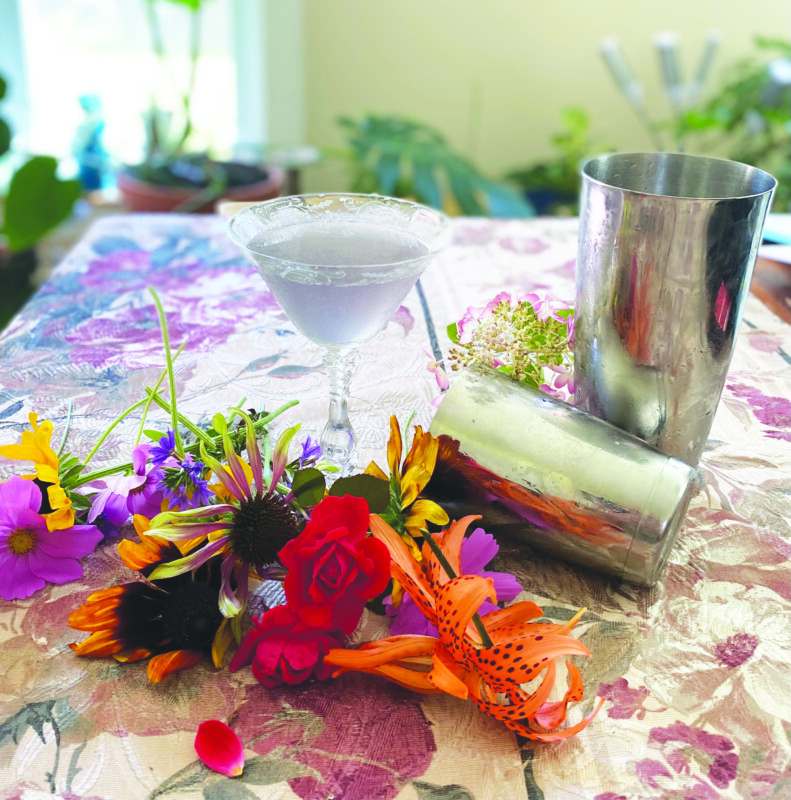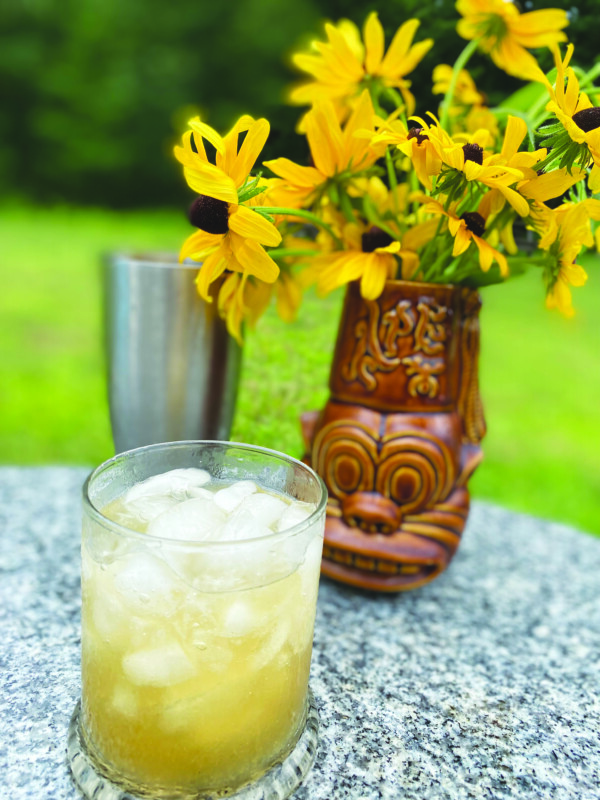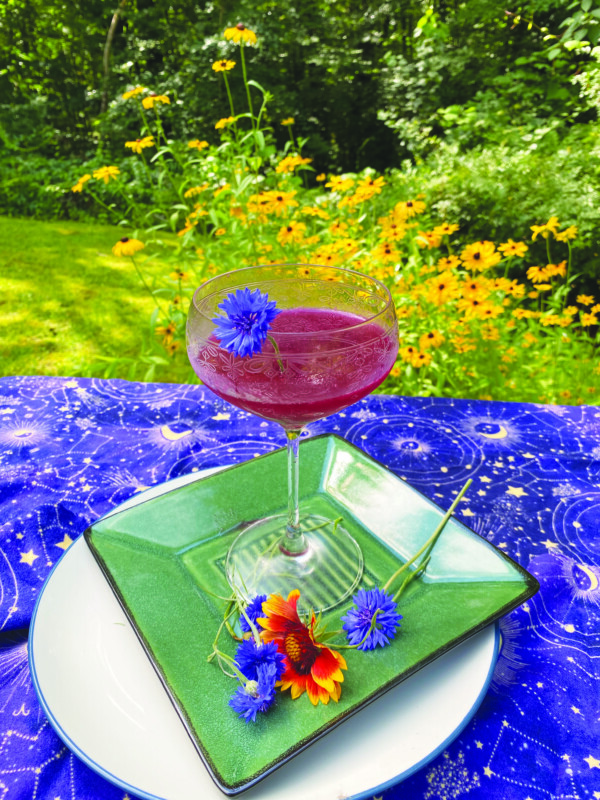With Halloween around the corner and a host of sports moms and PTA dads waiting to humble-brag about the amazing handcrafted costumes and treats they’ve whipped up in their copious spare time, here is a bonus food-craft-y idea. It has the candy hat-trick of (1) looking very impressive, (2) being actually extremely easy to make, and (3) really showing up those snooty car-pool parents.
Ingredients
Whoppers
chocolate chips
pretzel sticks
chocolate sprinkles (optional)
Equipment
wax paper
small paintbrush (You don’t actually need-need this, but it might make it easier to work on small details)
tweezers (ditto)
Fill a small microwave-safe bowl halfway with chocolate chips.
Heat for 20 seconds, then stir with a spoon or a craft stick.
Heat again for 10 seconds at a time, until the stirred chocolate is melted.
Dip the mini-pretzel sticks in chocolate, and lay them out on wax paper.
Use the melted chocolate to glue the Whoppers together to make a body, then glue the legs together and then to the body with more chocolate. If it still looks too much like pretzels glued to Whoppers, drizzle some more chocolate onto your choco-spider. If you’re feeling particularly ambitious, you could sprinkle some chocolate sprinkles onto the body to look like hair.
The good news about this project is that the rougher your spider looks, the creepier it looks. If you completely mess up and it looks really bad, pretend one of your children made it and brag like heck about it, which makes you look like a better parent than that dad who always wins the Pinewood Derby. This’ll show him. And Sharon from ballet class will eat. her. heart. out.
John Fladd is a veteran Hippo writer, a father, writer and cocktail enthusiast, living in New Hampshire.
Featured photo: Chocolate spider. Photo courtesy of John Fladd.

